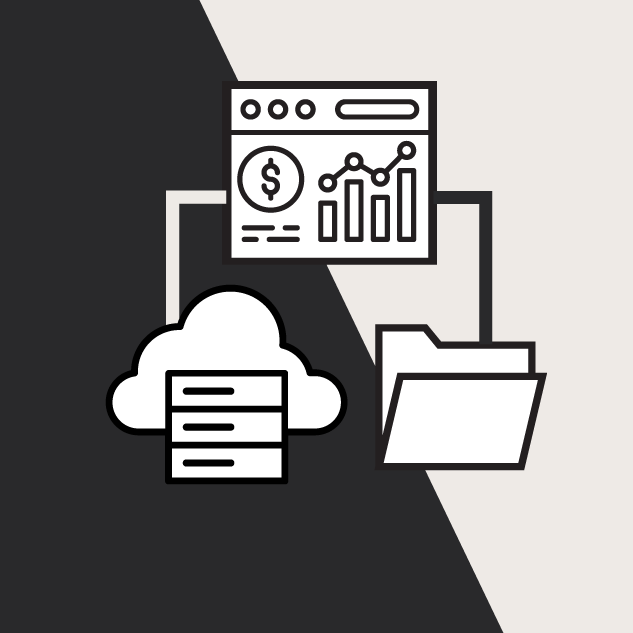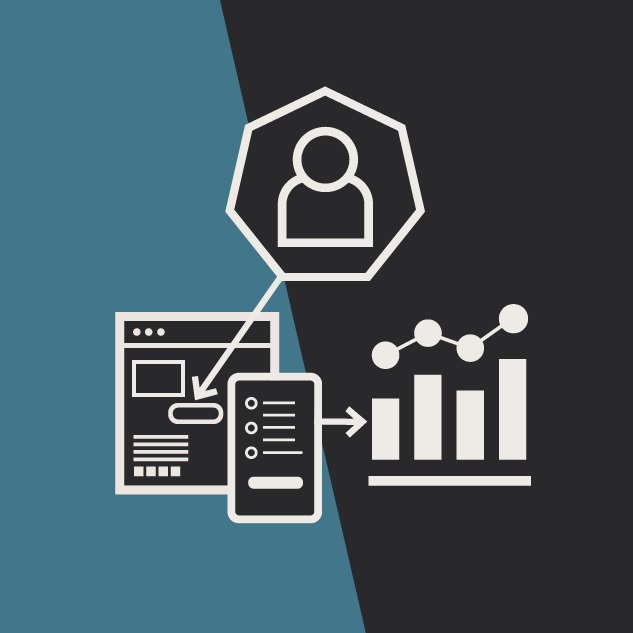Universal Analytics Sunset and Handling Your Historical Data
Arlis Mongold Digital Marketing Strategist#Digital Marketing

Resist the urge to panic-migrate your website's historical data. Choose instead to adopt our time and money saving strategy.
Background
On July 1st 2024, Google’s Universal Analytics (UA) will sunset and the user interface will no longer be accessible. Therefore, any needed or wanted historical data must either be manually exported or migrated into a data storage platform as soon as possible. Here is what to do about it.
Deciding Whether to Move UA Historical Data
Rather than choosing a strategic approach of evaluating the need for historical data, many organizations will panic-migrate multiple years of data without first analyzing what they might need or why. They are simply moving it because they are afraid to lose it. In the long term, this is the most ineffective (and expensive) approach possible. A more thoughtful strategy begins with these three questions:
- How often does my organization look at data that is more than one or two years old?
- Is my organization looking at vanity metrics or actionable metrics?
- What are the metrics that really contribute to our bottom line and business goals?
Moving data from UA is not a trivial task, whether you are manually exporting or migrating it into BigQuery. It can be time-intensive and pricey depending on your approach. Therefore, a thoughtful analysis of actual data needs should be conducted as one of the most critical parts of your data migration / export project.
Save Time and Money on Your Historical Data Project
Regardless of your approach, it will take time to execute this project in a way that saves time, money, and future frustrations. You should adhere to these guidelines for exporting or migrating data:
Choose only the date ranges you need
If you know you only need two years of data, do not download or migrate seven.
Focus on Actionable Metrics
Three years from now, the odds of you needing to know the bounce rate for a specific page are slim. Avoid vanity metrics.
Keep it manual
If your needs are simple, your date ranges are not excessive, and you have the organizational chops to pull it off – choose a manual export over migrating into a data warehouse.
Methods of Migrating Historical UA Data
Manual Exports
Conducting a manual export can be time-intensive but can pay off overall given that you will not be paying a data warehouse to do the heavy lifting for you. Despite how daunting a manual export might seem, the path to executing precise and organized exports is clear. The process is as follows:
- Collaborate to decide what UA data to export
- Collaborate on what actionable metrics to export.
- Collaborate on date ranges of data to export.
- Collaborate on how to organize the data once it is exported.
- Build and configure dashboards
- Export reports
- Import reports into a storage platform
It is important to note that downloads from UA reports are restricted to 5,000 lines of data per report, which is even more incentive to keep your desired data simple and precise.
Pros of Manual Exports
- No associated third-party costs
- Best choice for websites without a need for large exports
Cons of Manual Exports
- Time and labor intensive
- The data in your reports will be sampled unless you focus on small date ranges
- After sunset, any data you did not download is gone forever
- Potential searchability issues in new storage platform (if not organized properly)
Migrating Historical UA Data into BigQuery
Google-owned, this is the most widely used data warehouse that UA data easily migrates into.
Pros
- Automated migration of data (no team labor needed)
- Historical data can be filtered for views
- On-demand data queries
- Data will not sunset or expire
- Best choice for websites with a need to preserve large volumes of data
Cons
- Paid platform, costs depend on how much data is being stored
- Pay-per-view data queries
- Data can still be subject to sampling
- Need knowledge of SQL to create reports
Conclusion
The question of what to do with the historical data in UA is a team and organizational decision that demands realistic (and sometimes tough) conversations around needs and intended usage. However, with the July 2024 sunset date rapidly approaching, it is time to have those discussions and start acting, without panicking.
Related Articles
Results Matter.
We design creative digital solutions that grow your business, strengthen your brand and engage your audience. Our team blends creativity with insights, analytics and technology to deliver beauty, function, accessibility and most of all, ROI. Do you have a project you want to discuss?
Like what you read?
Subscribe to our blog "Diagram Views" for the latest trends in web design, inbound marketing and mobile strategy.

